
Toni Morrison’s 1987 novel, *Beloved*, stands as a monumental achievement in American literature, a searing and unforgettable exploration of the psychological and emotional aftermath of slavery. Winning the Pulitzer Prize for Fiction a year after its publication and named the best work of American fiction from 1981 to 2006 by a *New York Times* survey of writers and literary critics, its impact remains profound.
The novel delves into a period just after the American Civil War, presenting a narrative woven with historical veracity and deep emotional resonance. It recounts the harrowing experiences of formerly enslaved individuals struggling to forge lives in the shadow of their traumatic pasts.
The genesis of *Beloved* is rooted in a real-life tragedy that haunted Morrison. The narrative draws directly from the life of Margaret Garner, an enslaved woman from Kentucky who escaped to the free state of Ohio in 1856. This historical account, detailed in an 1856 newspaper article titled “A Visit to the Slave Mother who Killed Her Child” — a text Morrison herself had edited in *The Black Book* — became the novel’s central, agonizing inspiration.
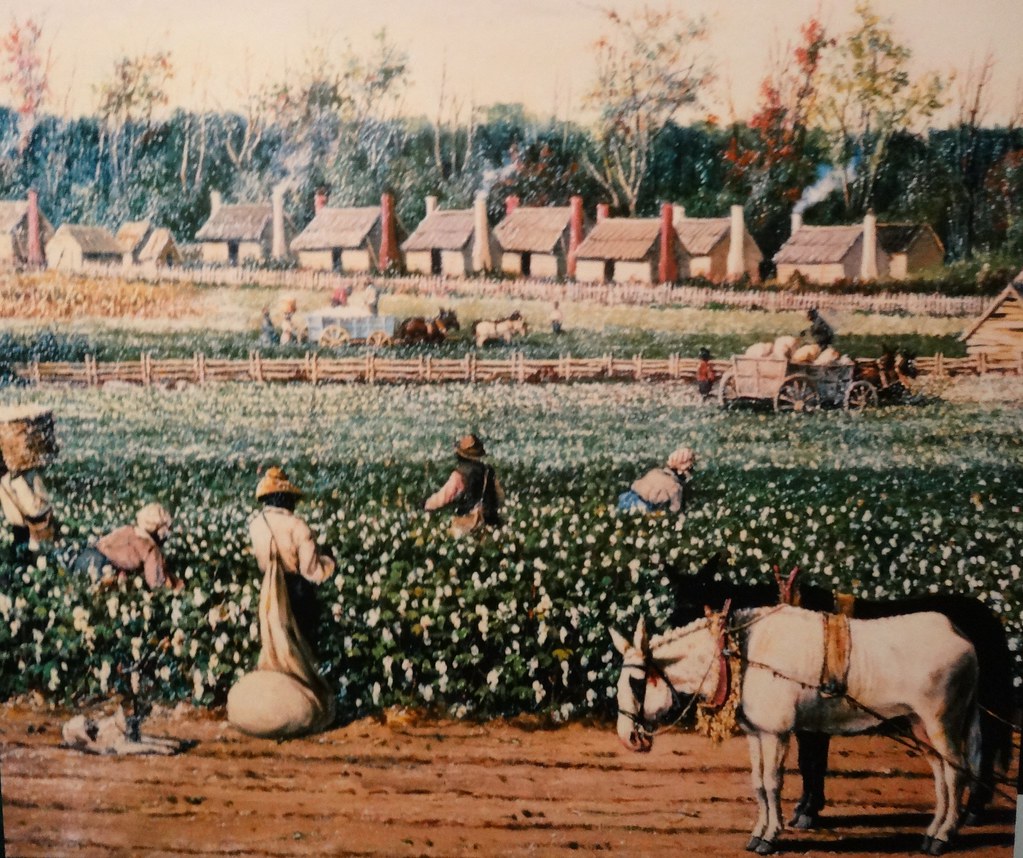
Garner, facing recapture under the Fugitive Slave Act of 1850, made a desperate choice. When U.S. marshals breached the cabin where she had barricaded herself with her children, she was attempting to end their lives to spare them the horror of returning to slavery, having already killed her youngest daughter. This unimaginable act, born of a mother’s fierce, protective despair, forms the agonizing heart of Morrison’s fictional world.
The novel opens in 1873 at 124 Bluestone Road in Cincinnati, Ohio, where Sethe, a formerly enslaved woman, lives with her 18-year-old daughter, Denver. Their home is plagued by the malevolent spirit of Sethe’s eldest daughter, a presence so potent that it drove Sethe’s sons, Howard and Buglar, away by the age of 13.
The specter of the past is not merely a metaphor; it is a tangible force. Baby Suggs, Sethe’s mother-in-law, died eight years prior to the novel’s beginning, soon after the boys’ departure, further deepening the isolation of Sethe and Denver. Denver, shy and friendless, finds her only companionship in the haunting.
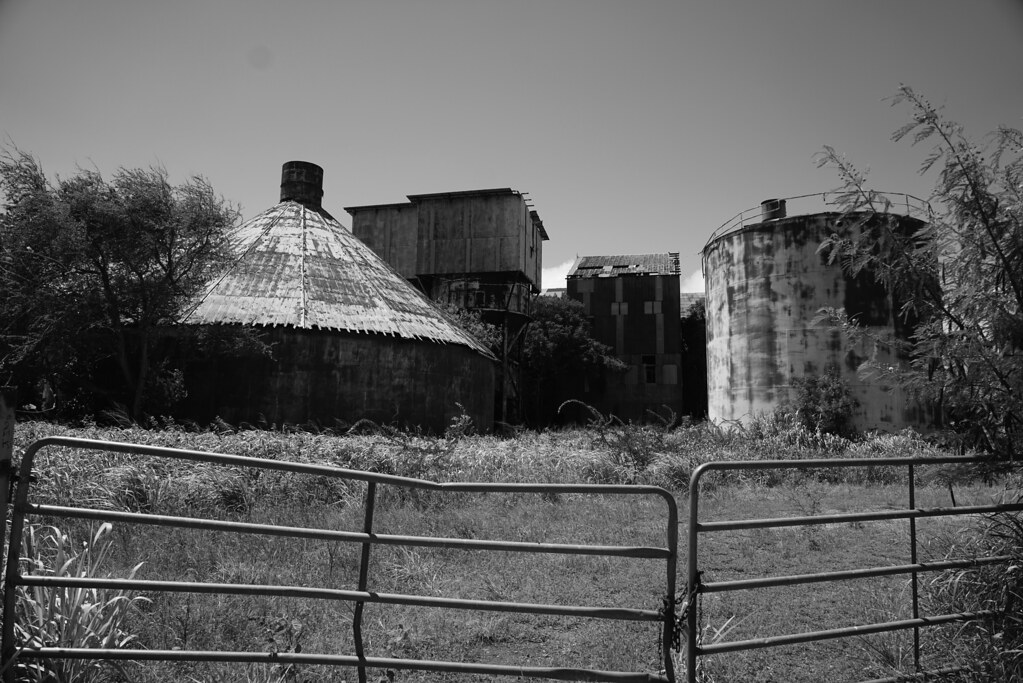
The fragile quietude of 124 Bluestone Road is shattered by the arrival of Paul D, a man who was enslaved alongside Sethe at Sweet Home, the plantation that casts a long shadow over their lives. His presence initially disrupts the haunting, prompting Denver’s resentment for driving away her sole companion, yet also coaxing Sethe and Denver out of their years-long confinement to attend a carnival.
Upon their return, a mysterious young woman calling herself Beloved appears, soaking wet on their doorstep. Paul D is immediately suspicious of her otherworldly demeanor, but Sethe is captivated, and Denver, longing for connection, is convinced this is her deceased older sister returned. Beloved’s arrival initiates a profound and often terrifying unearthing of repressed memories.
As Beloved’s influence grows, Paul D finds himself increasingly unsettled, feeling an unseen force working to expel him. One evening, Beloved confronts Paul D, compelling him to touch her “on her inside part.” This encounter unleashes a torrent of horrific memories for Paul D, including the sexual violence he and other enslaved men endured while on a chain gang. The trauma is so profound that he struggles to articulate it to Sethe, instead proposing they start a new family.

His suggestion, however, is met with fear by his coworkers, revealing the community’s deep-seated rejection of Sethe. Stamp Paid, a trusted friend, ultimately shows Paul D the devastating newspaper clipping detailing Sethe’s act of infanticide. This revelation forces Paul D to confront Sethe directly about her past.
Sethe recounts the moment four horsemen arrived at 124, seeking to return her and her children to slavery under the brutal Schoolteacher. In a desperate attempt to spare them the unspeakable horrors of Sweet Home, she ran to the woodshed and attempted to kill her children, succeeding only with her eldest daughter. She adamantly states she was “trying to put my babies where they would be safe.”
Paul D, overwhelmed, departs, condemning her love as “too thick” and admonishing her with the chilling words, “you’ve got two feet, not four.” Sethe fiercely defends her actions, retorting that “thin love is no love,” unwavering in her conviction that she did the right thing. Her defense underscores the impossible choices forced upon enslaved mothers.

Sethe becomes convinced that Beloved is, in fact, the daughter she killed, a belief fueled by the simple, heart-wrenching inscription on the child’s tombstone: “BELOVED.” She pours all her hope, time, and meager resources into Beloved, seeking forgiveness and a chance to explain her actions. This devotion consumes her, leading to the loss of her job and a terrifying transformation within their home.
Beloved becomes increasingly demanding, throwing tantrums and growing physically larger, eventually appearing pregnant. The dynamic between mother and daughter reverses; Sethe becomes childlike, while Beloved assumes a maternal, controlling role. Denver, observing this harrowing shift, finally understands her brothers’ fear and flight, recognizing Sethe’s capacity for violence, even when motivated by what Sethe perceived as love.
Driven by desperation, Denver seeks help from the Black community, from whom they had been isolated due to the community’s envy of Baby Suggs’s past privilege and their horror at Sethe’s infanticide. A group of local women arrives to exorcise Beloved, their collective power a testament to community solidarity.

Simultaneously, Mr. Bodwin, the white landlord, arrives to offer Denver a job. Misinterpreting his presence as Schoolteacher returning to reclaim her daughter, Sethe attacks him with an ice pick. The women and Denver restrain her, and in the chaos, Beloved vanishes, leaving behind a profound emptiness.
Following Beloved’s disappearance, Denver emerges as an active member of the community, taking on work. Paul D eventually returns to a bedridden, devastated Sethe. In her grief, Sethe laments Beloved as her “best thing,” to which Paul D gently replies that Sethe herself is her own “best thing,” prompting her to question, “Me? Me?” The novel concludes with the gradual fading of Beloved from memory, as if the community seeks to erase the painful specter of the past.
One of *Beloved*’s most compelling contributions is its deep dive into the psychological effects of slavery. The text powerfully illustrates how the suffering endured under bondage forced individuals to repress painful memories, leading to a fragmentation of the self and a profound loss of identity. Sethe, Paul D, and Denver all experience this fracturing, finding wholeness only when they confront and reconcile with their pasts.
Beloved, the enigmatic character, serves as a catalyst, forcing these repressed memories to the surface, ultimately paving the way for the characters’ reintegration of self. Morrison portrays identity as fluid, particularly for those whose “self” was denied and defined by others under slavery. The challenge lies in translating unspeakable experiences into language, reorganizing painful events, and retelling these stories, transforming a “self that is no self” into a constituted being.
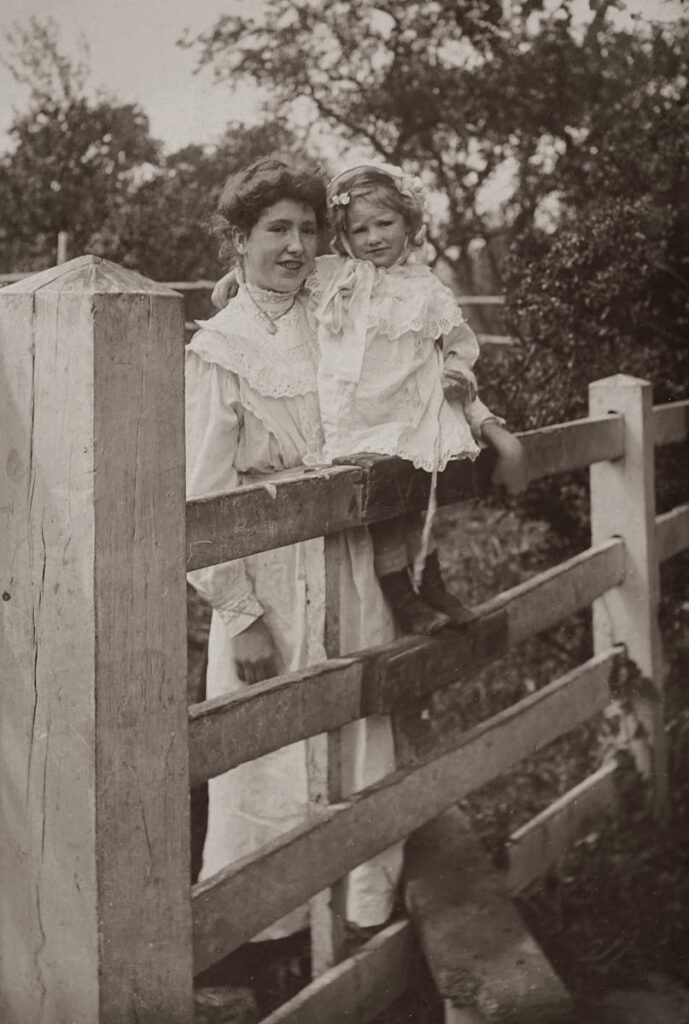
Mother-daughter relationships form another critical thematic pillar, particularly how maternal bonds, particularly under the extreme conditions of slavery, can paradoxically hinder individual development. Sethe’s “dangerous maternal passion,” born from a desperate desire to protect her children from a life of slavery, tragically culminates in infanticide and the estrangement of her surviving daughter. Her initial inability to allow Denver to connect with the broader Black community in Ohio underscores her lingering trauma and isolation.
However, the novel concludes with Denver’s successful individuation, aided by Beloved’s catalytic presence. Sethe, too, begins to individuate only after Beloved’s exorcism, freeing her to embrace a relationship with Paul D that is finally “for her,” unburdened by the crushing weight of her maternal guilt and self-destruction. The trauma of having her milk stolen, preventing her from forming a symbolic bond with her infant, is explicitly linked to Sethe’s fragmented maternal identity.
Morrison also meticulously examines the definition of manhood in the context of enslavement and its aftermath. Paul D’s journey is central to this exploration, revealing how slavery “distorts a man from himself.” His half-formed thoughts and words provide raw insight into the profound challenge of maintaining masculinity and self-worth when constantly devalued by a dominant white culture.

Paul D, like many Black men during the Reconstruction era (1890-1910), struggled to define himself against the backdrop of Jim Crow laws and societal “disabilities” that confined them to a lower status. Stamp Paid’s observation of Paul D, “liquor bottle in hand, stripped of the very maleness that enables him to caress and love the wounded Sethe,” powerfully symbolizes his emasculation, rooted in the foundational role Black men played through their coerced labor, yet denied societal respect.
Family relationships, profoundly ruptured by the institution of slavery, are a core element of *Beloved*. The novel vividly portrays how the system stripped African Americans of their rights to their bodies, their belongings, and their children, leading to extreme measures like Sethe’s, which she saw as a “peaceful act” of salvation. The fragmentation of the family, as seen in the haunting of 124 and the eventual separation of its inhabitants, mirrors the widespread fracturing of Black families post-Emancipation.
The communal reliance on the supernatural, rituals, and faith in a higher power also highlights the absence of societal mechanisms for support for enslaved people. Beloved’s ghostly presence, appearing after Sethe’s first social outing in years, serves as a potent manifestation of the protagonist’s deep mental strife and the enduring, tangible impact of fractured family bonds.
Pain permeates every page of *Beloved*, a universal scarring that affects characters physically, mentally, sociologically, and psychologically. Morrison highlights how some characters attempt to “beautify” or “romanticize” their pain, a coping mechanism seen in both early Christian contemplative traditions and African-American blues traditions. Sethe, for instance, clings to a white girl’s description of her whipped back scars as a “Choke-cherry tree,” seeking beauty in profound agony, even as Paul D and Baby Suggs recoil in disgust.

This same impulse extends to Beloved herself; Sethe embraces her returned daughter, overlooking the horrific pain of the infanticide she committed, choosing to see life where only a ghost should be. The labyrinthine narrative, reflecting how characters have been “stripped away” from their voices and sense of self, emphasizes that while pain is universal, each character’s experience with slavery is distinct, creating a tapestry of individual narratives.
Morrison also redefines heroism through the unconventional journeys of Sethe and Denver. Heroism, the novel suggests, is not an absolute, but rather relative to past experience and the influence of community. Sethe’s decision to kill her child, though scorned by the community, is portrayed as an act of profound courage from her perspective.
She famously justifies her action, stating, “It ain’t my job to know what’s worse. It’s my job to know what is and to keep them away from what I know is terrible. I did that.” This conviction, that death was preferable to the “venomous anguish of life as an enslaved person,” marks her as a hero within her own moral framework. Her heroism is further demonstrated in her ability to help Paul D confront his own painful past, allowing him to retain his manhood despite the dehumanizing scars of the iron bit, which he compares to “three wands, like attentive baby rattlers.”
Denver, initially isolated and childish, also undergoes a heroic transformation. Trapped at 124 Bluestone Road, she finds the courage to “step off the edge of the world,” leaving the confines of her home to seek help from the community. This act of breaking isolation, driven by the realization that “neither Beloved nor Sethe seemed to care what the next day might bring,” is Denver’s pivotal moment of heroism, demonstrating her resolve to secure a future for her mother.

Her courage inspires Ella to rally other women, whose collective voices, likened to a “wave of sound wide enough to sound deep water and knock the pods off chestnut trees,” ultimately exorcise Beloved. This spiritual cleansing, which leaves Sethe “tremble[ing] like the baptized,” underscores the restorative power of community and Denver’s role in initiating it. Through Sethe and Denver, Morrison illustrates that heroism is found in defying societal norms and bravely influencing others for the greater good.
The central figures of *Beloved* are etched with indelible detail. Sethe, the protagonist, embodies resilience and trauma, haunted by the “tree on her back”—the scars from being whipped. Born in 1836, she is fiercely motherly, driven by a primal need to shield her children from the horrors she endured. Beloved, the enigmatic young woman, is believed to be the manifestation of Sethe’s murdered infant daughter, a belief confirmed by Morrison herself. Her name, derived from the single word Sethe could afford to engrave on the tombstone, serves as a powerful catalyst, bringing repressed trauma to the surface but also consuming Sethe.
Paul D, retaining his name from enslavement, carries his painful memories in a “tobacco tin” for a heart, which Beloved unsettlingly opens. His complex relationship with Sethe, marked by the long passage of time and their shared past, is a testament to the enduring search for connection. Denver, Sethe’s surviving daughter, evolves from a housebound, isolated child to a protective woman, ultimately fighting for her independence and her mother’s well-being, breaking the cycle of isolation.
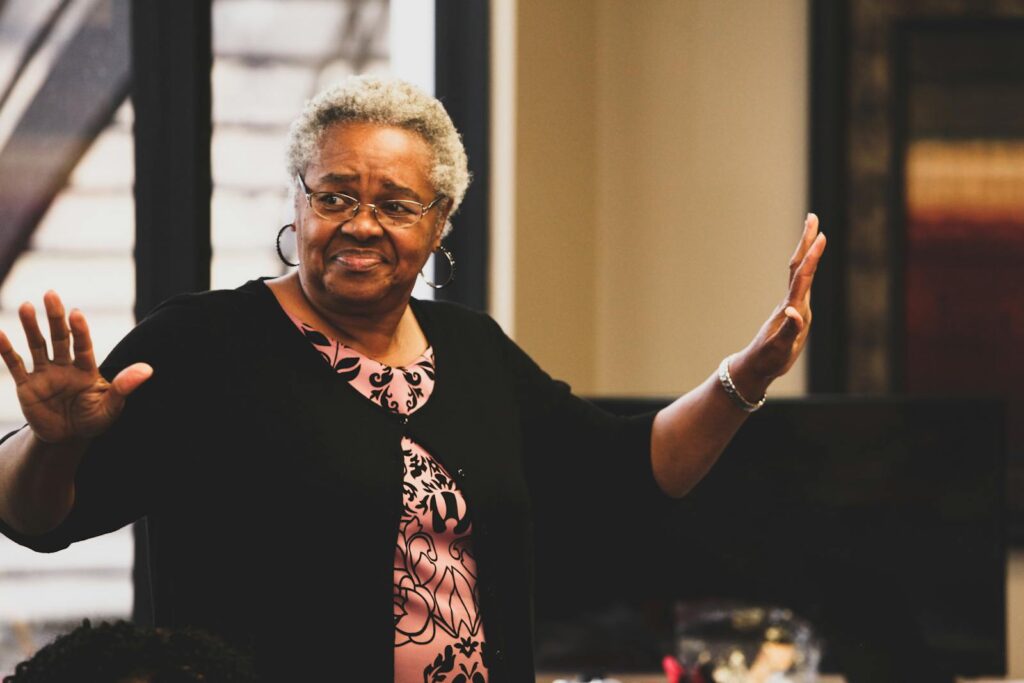
Baby Suggs, Sethe’s mother-in-law, a respected community leader who preached self-love to her people, eventually retreats into her bed, defeated by community envy and Sethe’s tragic act. Halle, Sethe’s husband, is glimpsed only in flashbacks, presumed to have gone mad after witnessing Sethe’s violation. Schoolteacher, the cruel overseer of Sweet Home, represents the dehumanizing brutality of slavery. Lastly, Amy Denver, a young white girl, offers unexpected aid to a desperately pregnant Sethe during her escape, a moment of fleeting humanity in a world of cruelty.
The novel’s profound impact extended beyond the literary world, finding new life in adaptations. In 1998, it was brought to the big screen, directed by Jonathan Demme and produced by and starring Oprah Winfrey. In 2016, BBC Radio 4 adapted it into a 10-episode *15 Minute Drama* series, broadening its reach to new audiences.
The legacy of *Beloved* is multifaceted and enduring. Upon receiving the Frederic G. Melcher Book Award in 1988, Morrison famously articulated the void the novel sought to fill: “There is no suitable memorial or plaque or wreath or wall or park or skyscraper lobby” honoring the millions of human beings who perished in the Atlantic slave trade. “There’s no small bench by the road,” she continued. “And because such a place doesn’t exist (that I know of), the book had to.”

Inspired by her poignant words, the Toni Morrison Society initiated the “bench by the road” project, installing commemorative benches at historically significant sites of slavery. The first such bench was dedicated on Sullivan’s Island, South Carolina, in 2008—the entry point for an estimated 40% of enslaved Africans brought to the United States. In 2017, the 21st bench was placed at the Library of Congress, honoring Daniel Alexander Payne Murray, the first African-American assistant librarian of Congress.
Critically, *Beloved* garnered unprecedented acclaim for Morrison. While it did not win the National Book Award, its omission sparked a protest letter signed by 48 prominent African-American writers and critics, published in *The New York Times Book Review*. This public outpouring underscored the novel’s immediate cultural significance, which was soon affirmed by its Pulitzer Prize, among other prestigious awards.
Scholarly discourse around *Beloved* has vigorously explored its rich thematic tapestry: family, trauma, memory repression, and the restoration of African-American collective memory. The novel’s controversial epigraph, “60 million and more,” is understood to refer to estimates of those who perished during the slave trade. A central academic debate revolves around the character of Beloved herself—whether she is a literal ghost or a physical embodiment of mistaken identity, a view proposed by Elizabeth B. House, emphasizing Morrison’s focus on familial ties.

Many critics have viewed Morrison’s writing as a vehicle for healing and recovery, a “rewriting” of blackness as “affirmation, presence, and good.” The concept of “rememory”—Sethe’s term for the haunting persistence of the past—is central to these interpretations, framing the novel as an “unveiling” of past horrors to transform them. While acknowledging the potential for healing, critics like Jill Matus also note that Morrison’s representations of trauma are “never simply curative,” potentially provoking vicarious experience and transmission of that trauma to the reader.
Ann Snitow’s evolving critical stance, from initial dismissal to a deeper appreciation after engaging with diverse interpretations, exemplifies the novel’s capacity to challenge and reshape understanding. Morrison’s dedication to depicting African-American experience within specific historical and social contexts, often centering on isolated Black communities where African practices remain active, further solidifies *Beloved*’s place as a seminal work in American literature.
Despite its undeniable literary and historical significance, *Beloved* has faced recurrent challenges and controversies, particularly concerning its presence in educational settings. It has been banned in numerous U.S. schools, with at least eleven such instances recorded during the 2021–2022 academic year alone. Common grounds for censorship include its unflinching depiction of bestiality, infanticide, sex, and violence—elements crucial to portraying the historical realities of slavery.
A notable incident occurred in 2007 when an AP English class at Eastern High School in Louisville, Kentucky, had the book abruptly pulled by the principal due to a parent’s complaint about language. However, the English teacher, supported by colleagues and alumni, successfully argued for the book’s reinstatement, ensuring its continued study. Similarly, in Fairfax County, Virginia, in 2017, the novel was considered for removal from a senior English reading list due to parental concerns over “violent sex, including a gang rape,” deemed “too graphic and extreme for teenagers.”
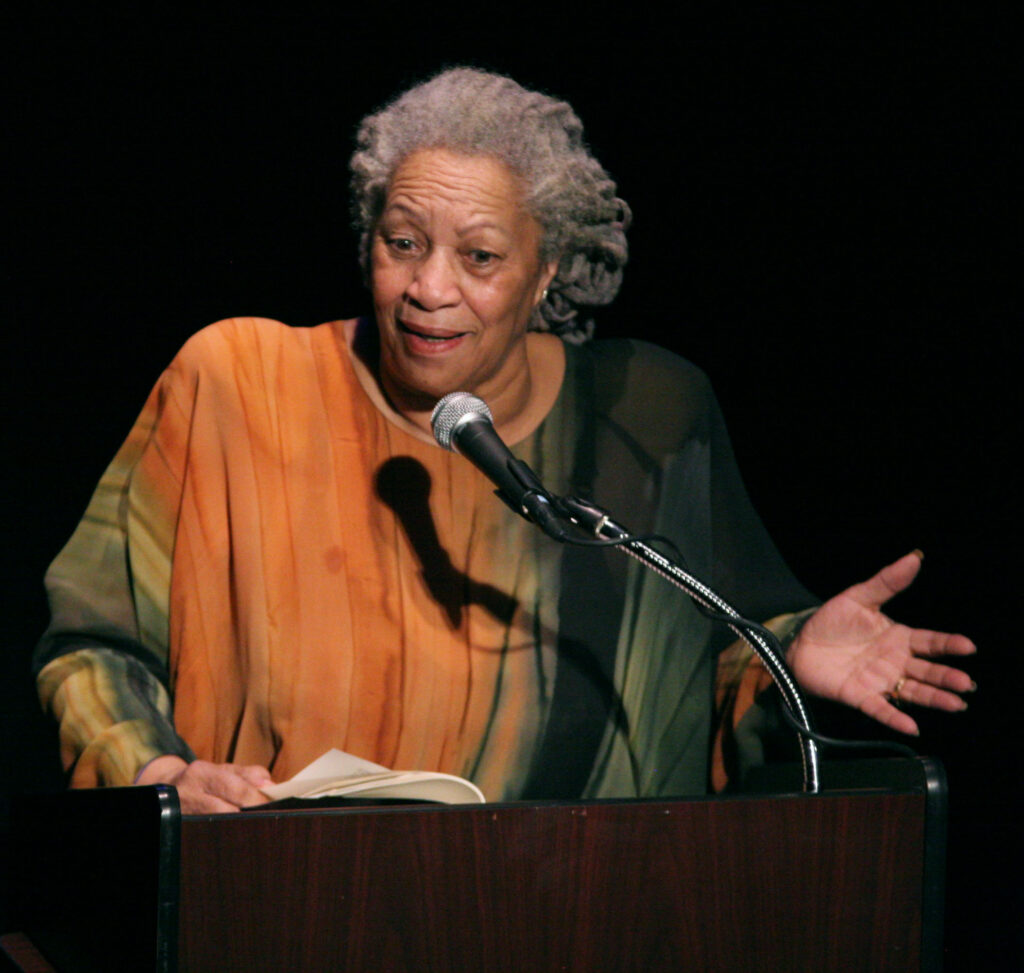
This concern directly led to the “Beloved Bill” legislation in Virginia, which would have mandated parental notification of “sexually explicit content” and offered alternative assignments. Though vetoed by Governor Terry McAuliffe, the issue resurfaced powerfully during his 2021 gubernatorial campaign. McAuliffe’s public statement, “I don’t think parents should be telling schools what they should teach,” was seized upon by his opponent, Glenn Youngkin, in a commercial that highlighted “explicit material” in the unnamed book, making the controversy a key electoral talking point. Such ongoing debates underscore the novel’s provocative power and its vital role in national conversations about history, education, and artistic freedom.
*Beloved* stands not merely as a novel, but as a living memorial, a testament to the sixty million and more who suffered the indignities and atrocities of the Atlantic slave trade. It forces us to confront the unspeakable, to bear witness to the profound psychological wounds inflicted by generations of bondage, and to recognize the enduring struggle for self, family, and freedom. Morrison’s masterful prose invites readers into a past that refuses to be forgotten, illuminating the paths to healing and the persistent echo of memory. It remains an essential, unyielding work, forever challenging us to understand the true cost of history and the remarkable resilience of the human spirit.



